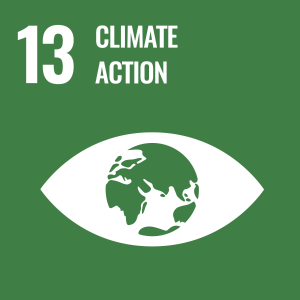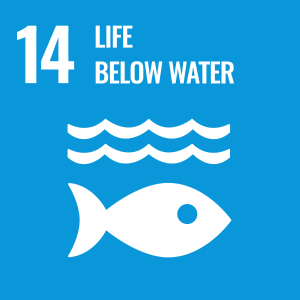- Ocean‑based sectors contribute significantly to the economic growth of the region, additionally for some of the island nations oceans are at the core of socio‑economic functioning.
- For the purpose of the policy brief, the Asia‑Pacific region includes South Asia, South‑East Asia, East Asia, Australia, New Zealand and the Small Island Developing countries. The region is home to developed, developing and least developing economies (LDCs). Around 13 countries in Asia are Least Developing with nine of them being island or coastal economies.
- Investments are an important aspect of a sustainable ocean economy; however, the bulk of investments have been towards building large‑scale infrastructure, energy, transport, commercial fisheries, aquaculture, biotechnology and marine tourism instead of transitioning towards blue economy.
- The need of a transition from ocean economy to a sustainable ocean economy has led to the rise of the concept of “Blue Finance” which promotes and supports the transition into economic growth aligned with blue economy.
- SDG 14 (Life under Water) includes 10 targets predominantly designed for the well‑being of the oceans and the living resources therein. The estimated cost of implementing SDG 14 targets by 2030 is 174.52 billion US dollars per year, while currently 25.5 billion US dollars is spent annually. This indicates a funding gap of 149.02 billion US dollars per year.
- Additionally, the major sources of funding SDG14 have been limited to Official Development Assistance (ODAs) and philanthropy grants. A total funding of eight billion US dollars has been received from philanthropy and five billion US dollars from ODAs in the past one decade.
- Among the top ten recipients of ODA for a sustainable ocean economy globally, six are from the Asia‑Pacific region. This represents the dependence of the Asian countries on ODA for financing sustainable ocean economy that are small and currently highly concentrated in three sectors — maritime transport, fisheries and marine protection.
- The financing gap highlighted cannot be managed from donor funds alone; therefore, the need for private funds and funds through other innovative financing mechanisms arises. Innovative financing mechanisms have not been able to flourish to the fullest in blue economy despite the presence of grants and ODAs for almost a decade.
- The major challenges are lack of bankable projects; lack of specialist capacity; definitional challenges; low private sector involvement; lack of awareness and understanding of potential risks emanating from issues pertaining to blue economy.
- In order to mobilize nations towards ocean conservation, it is required to look at regulatory strategies to mainstream ocean governance, and it is important for nations to clearly define and categorize different climate change‑based interlinkages.
- As there are no accepted frameworks for financing blue economy, there is a wide scope of ideation. One is regulatory driven which implies that the sovereign states issue blue bonds inviting private investors with guarantees provided by the multilateral development banks such as World Bank. And the other, proposes pathways for accelerating investments in the blue economy. The investments are centred on the nodal financing facility (to be termed as Ocean Financing Facility) to raise required funds and direct the same to the blue economy projects.





